Embracing the Future of Healthcare with Virtual Primary Care
As healthcare continues to evolve in the digital age, virtual primary care has emerged as a vital component in delivering accessible, continuous, and comprehensive health services. This innovative approach leverages advanced technology to connect patients with board-certified providers from the comfort of their homes, ensuring long-term health support while maintaining the quality and safety standards of traditional in-person visits.
What is Virtual Primary Care and How Does It Operate?
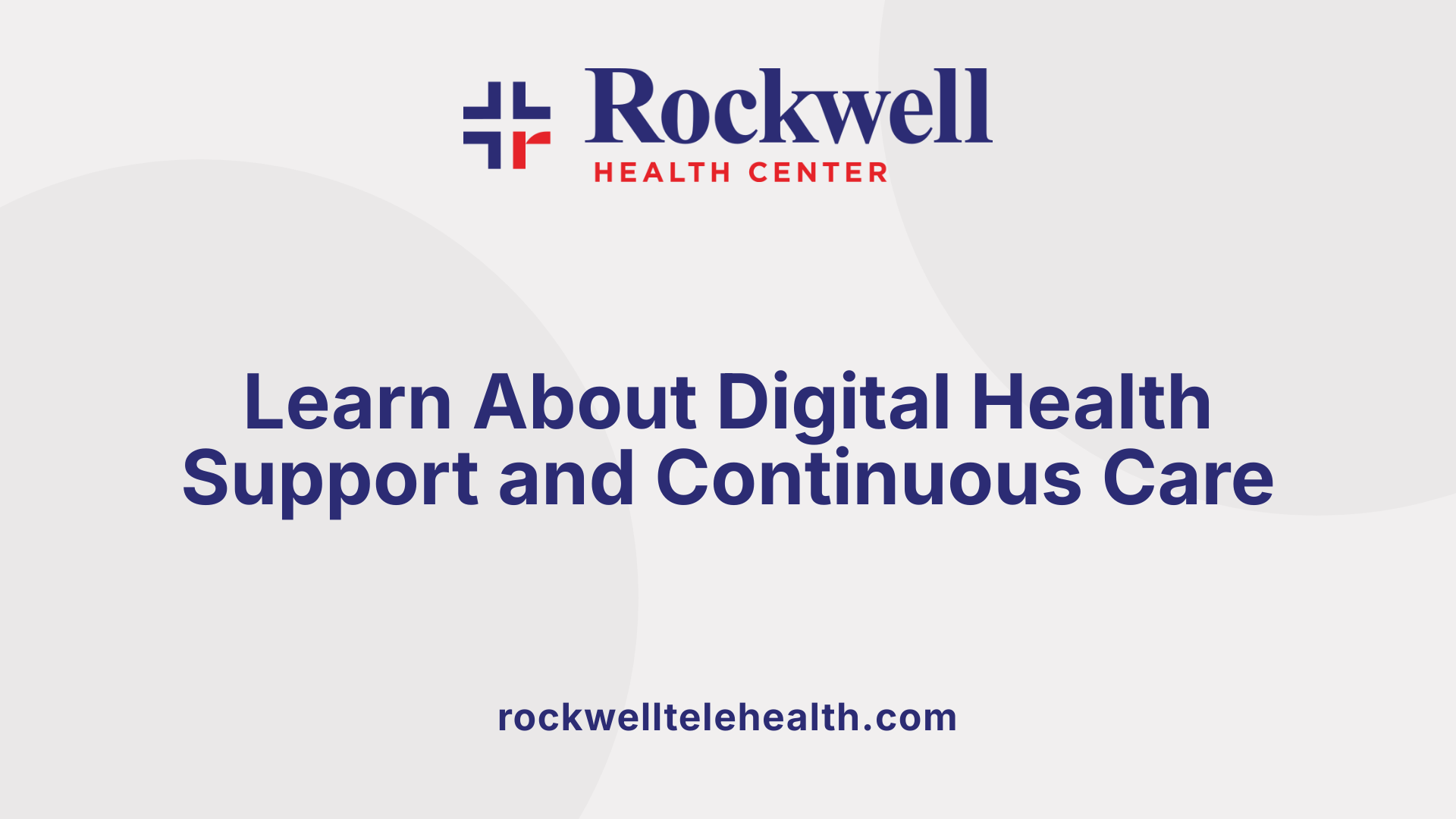
What is virtual primary care and how does it operate?
Virtual primary care (VPC) is a comprehensive healthcare service delivered remotely through digital platforms. Unlike traditional in-person visits, VPC uses secure video calls, messaging, and mobile apps to connect patients with healthcare providers wherever they are.
This model involves multidisciplinary teams including board-certified family medicine doctors, pediatricians, nurse practitioners, and mental health specialists. These providers offer ongoing support, manage acute issues, and coordinate necessary in-person care.
Delivery methods primarily include video-first platforms that facilitate face-to-face interactions, ensuring high-quality, continuous care. Patients can schedule appointments online, access their health records, and receive prescriptions or referrals all through a secure digital interface.
Technology plays a vital role in VPC. Advanced data systems support seamless referrals, health assessments, and monitoring of chronic conditions like diabetes and high blood pressure. These tools help providers deliver personalized care plans and follow-up, enhancing patient engagement.
The approach emphasizes relationship-based care—patients often connect with the same provider over time—building trust and improving health outcomes. It also addresses barriers such as transportation or mobility issues, increasing healthcare accessibility especially for underserved populations.
Overall, virtual primary care offers a safe, convenient, and cost-effective alternative or complement to traditional healthcare, ensuring patients receive comprehensive, continuous support through innovative digital solutions.
Health Conditions and Issues Managed Virtually
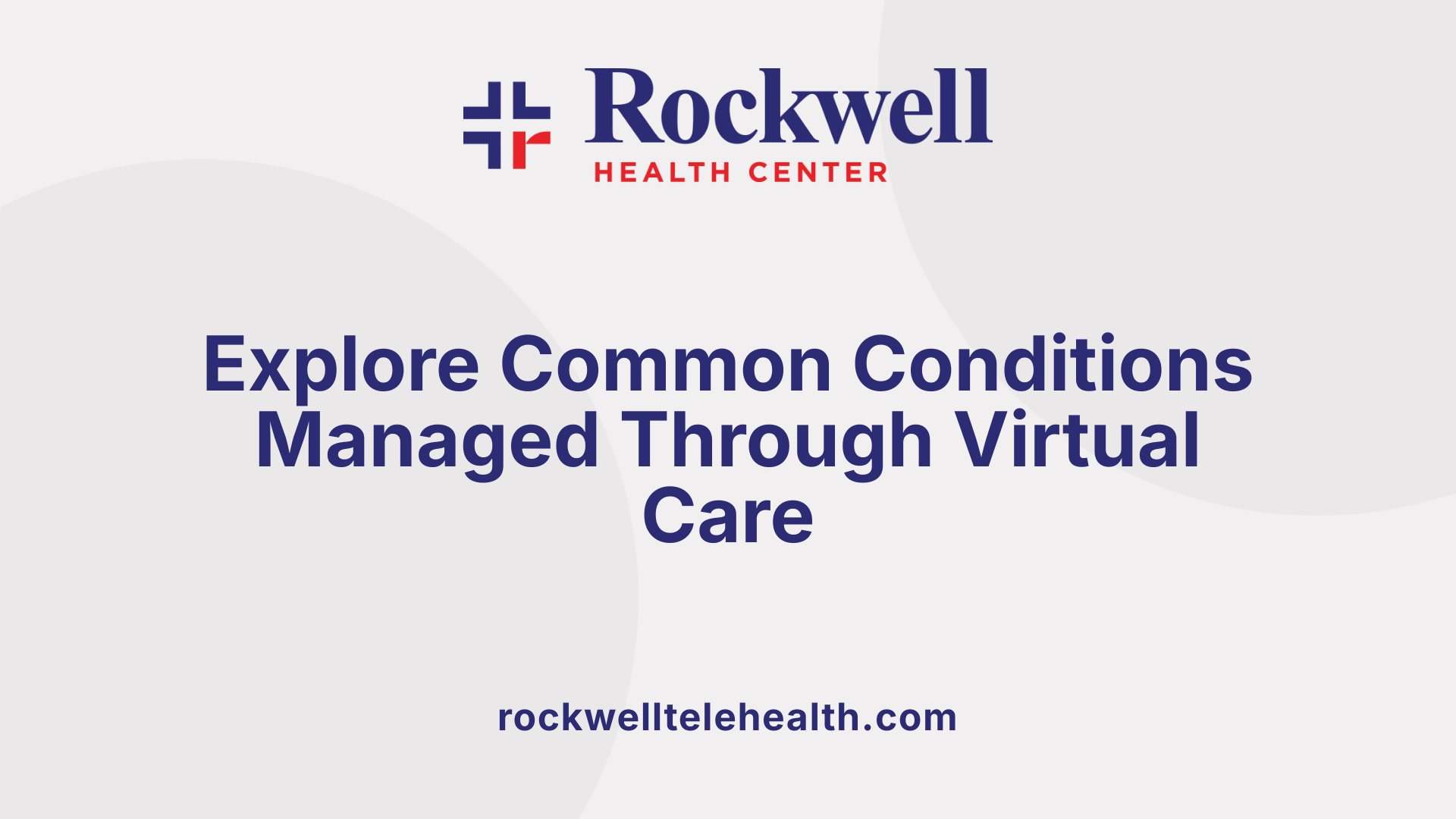
What conditions and health issues are typically managed through virtual primary care?
Virtual primary care offers a broad spectrum of healthcare services that can be delivered remotely, making healthcare more accessible and efficient. Patients can receive diagnosis, treatment, and ongoing management for numerous common and chronic health conditions.
This form of care effectively manages minor illnesses such as colds, flu, sore throats, earaches, allergies, skin rashes, and urinary tract infections. These conditions are often diagnosed and treated through secure video or messaging platforms, providing quick relief without needing a face-to-face visit.
For chronic disease management, virtual platforms support conditions like high blood pressure, diabetes, and asthma. Patients can regularly review their health metrics, adjust treatments, and get prescriptions renewed, all remotely. Additionally, virtual care is well-suited for managing mental health issues, including depression, anxiety, and stress, often through therapy sessions and counseling with licensed mental health providers.
Preventive services such as wellness visits, immunizations, cancer screenings, and health assessments are also conducted virtually. These services help users stay proactive about their health, with some platforms offering annual checkups at no additional cost.
Beyond these, virtual primary care addresses various urgent and minor health concerns, including cuts, minor injuries, skin conditions, and burns. Patients can also receive prescriptions and labs orders as part of their virtual visits, further streamlining their healthcare experience.
Overall, virtual primary care supports a holistic approach to health, combining management of everyday ailments, chronic conditions, and preventive care, ensuring continuous support and convenience for patients of all ages.
Features and Services Offered in Virtual Primary Care
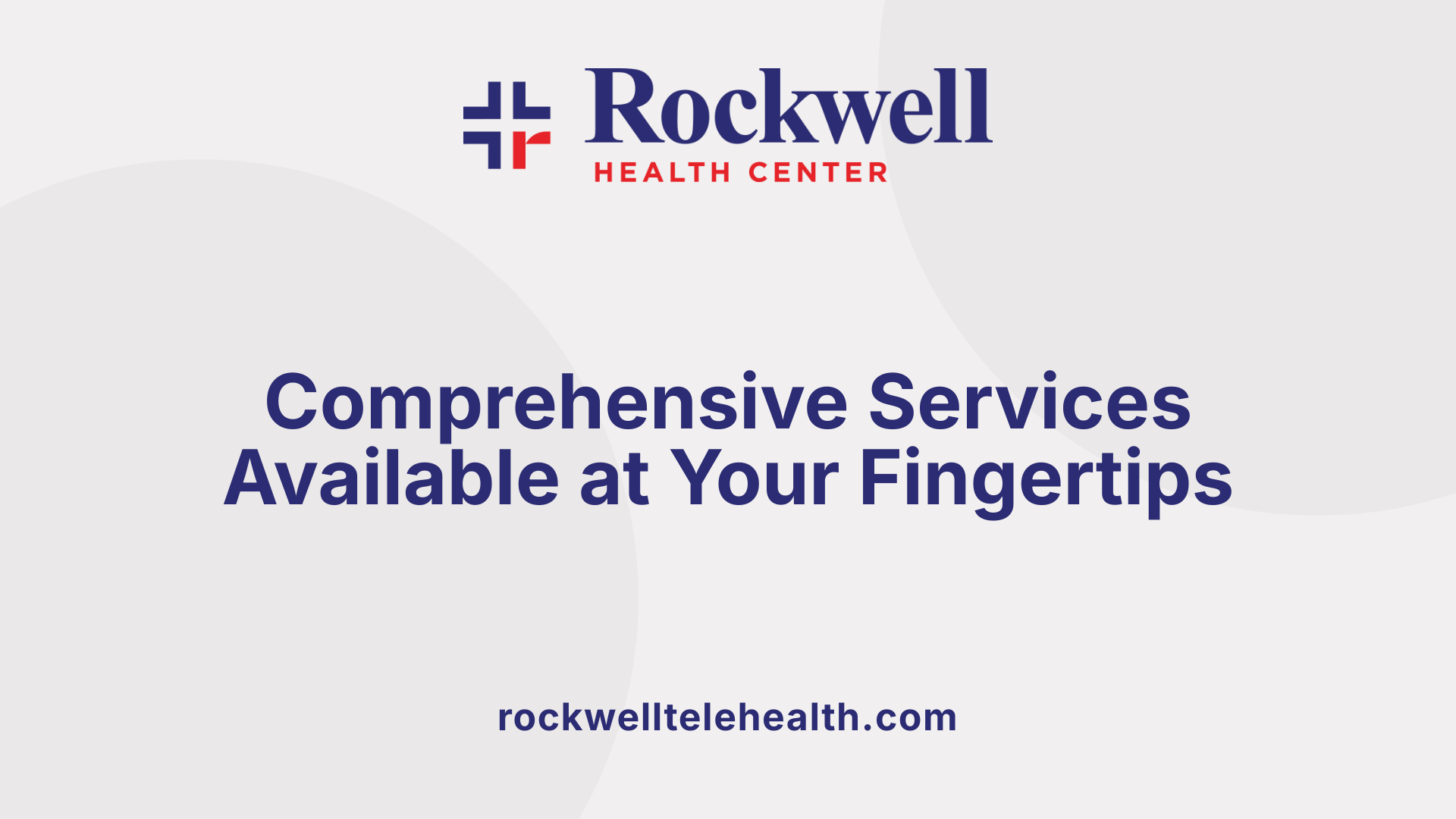 Virtual primary care provides a comprehensive range of medical services through secure video and phone consultations, making healthcare more accessible and convenient for patients.
Virtual primary care provides a comprehensive range of medical services through secure video and phone consultations, making healthcare more accessible and convenient for patients.
Consultation methods include real-time video visits, phone calls, and secure messaging platforms. Patients can schedule appointments online through user-friendly portals available seven days a week. This flexibility allows for timely care, with same- or next-day appointment options, and support for urgent needs around the clock.
Record keeping is robust and designed to protect patient privacy. All visits and health data are securely stored within encrypted electronic health record systems accessible via platforms like MyChart or proprietary apps. This ensures continuity of care, as providers can readily review past interactions, lab results, prescriptions, and health assessments to inform treatment.
Care coordination forms a core aspect of virtual primary care. Providers can order laboratory tests, imaging, and referrals to specialists remotely, ensuring patients receive comprehensive follow-up care. When in-person care is necessary, these services are seamlessly integrated, and providers often collaborate with local hospitals. Patients can also manage prescriptions, receive renewals, and access health education—all through the virtual platform.
Additional services include chronic disease management (such as hypertension and diabetes), mental health support, minor illness treatment (like colds, flu, or skin rashes), and preventive screenings including cancer checks and wellness exams. Virtual primary care programs also support care for all ages, including children, with pediatric-specific services.
| Service Type | Description | Additional Details |
|---|---|---|
| Consultation Methods | Video, phone, message-based | Secure, HIPAA-compliant platforms |
| Record Keeping and Data Security | Digital storage of health records | Encrypted systems, online access for patients |
| Care Coordination and Referrals | Lab orders, imaging, specialist referrals | High level of integration and follow-up |
| Additional Medical Services | Prescriptions, chronic disease management, mental health | Same or next-day appointments, ongoing support |
These features aim to replicate the comprehensive, continuous care of traditional in-person visits while providing added flexibility and convenience. The integration of these services through advanced telehealth technology ensures that patients receive high-quality primary care, anytime and anywhere within participating regions.
Benefits of Virtual Primary Care including Continuous Support
What are the benefits of virtual primary care, such as continuous patient support?
Virtual primary care has revolutionized the way patients access healthcare services, providing a range of advantages that enhance overall well-being and satisfaction. One of the most significant benefits is increased accessibility. Patients, especially those who are homebound, have transportation barriers, or live in rural or underserved areas, can connect with board-certified providers from the comfort of their homes.
The convenience factor is another major plus. Virtual appointments are often available seven days a week, with flexible hours—such as early mornings or evenings—making it easier for patients to schedule visits around their busy lives. This flexibility helps reduce missed appointments and ensures continuous health monitoring.
Managing chronic health conditions is simpler with virtual care. Patients can receive ongoing support for conditions like high blood pressure and diabetes, including medication management, regular check-ins, and health assessments. This continuous engagement helps prevent complications and promotes better health outcomes.
Timely communication and support are further benefits. Patients can easily reach their care team for advice, prescriptions, lab orders, or referrals, often within hours. This immediate access is particularly valuable for urgent minor health concerns, such as infections or allergies, reducing the need for emergency visits.
Beyond practicality, virtual primary care improves safety and patient experience. By minimizing in-person visits for non-emergency issues, it reduces exposure to contagious illnesses, especially important during flu seasons or pandemics. Additionally, many patients report higher satisfaction with virtual care, citing the convenience and ongoing support as factors that contribute to a better healthcare experience.
In summary, virtual primary care broadens healthcare access, supports the continuous management of health conditions, allows for quick and effective communication, and enhances safety—all of which lead to a more patient-centered and efficient healthcare system.
Comparison: Virtual vs. In-Person Healthcare
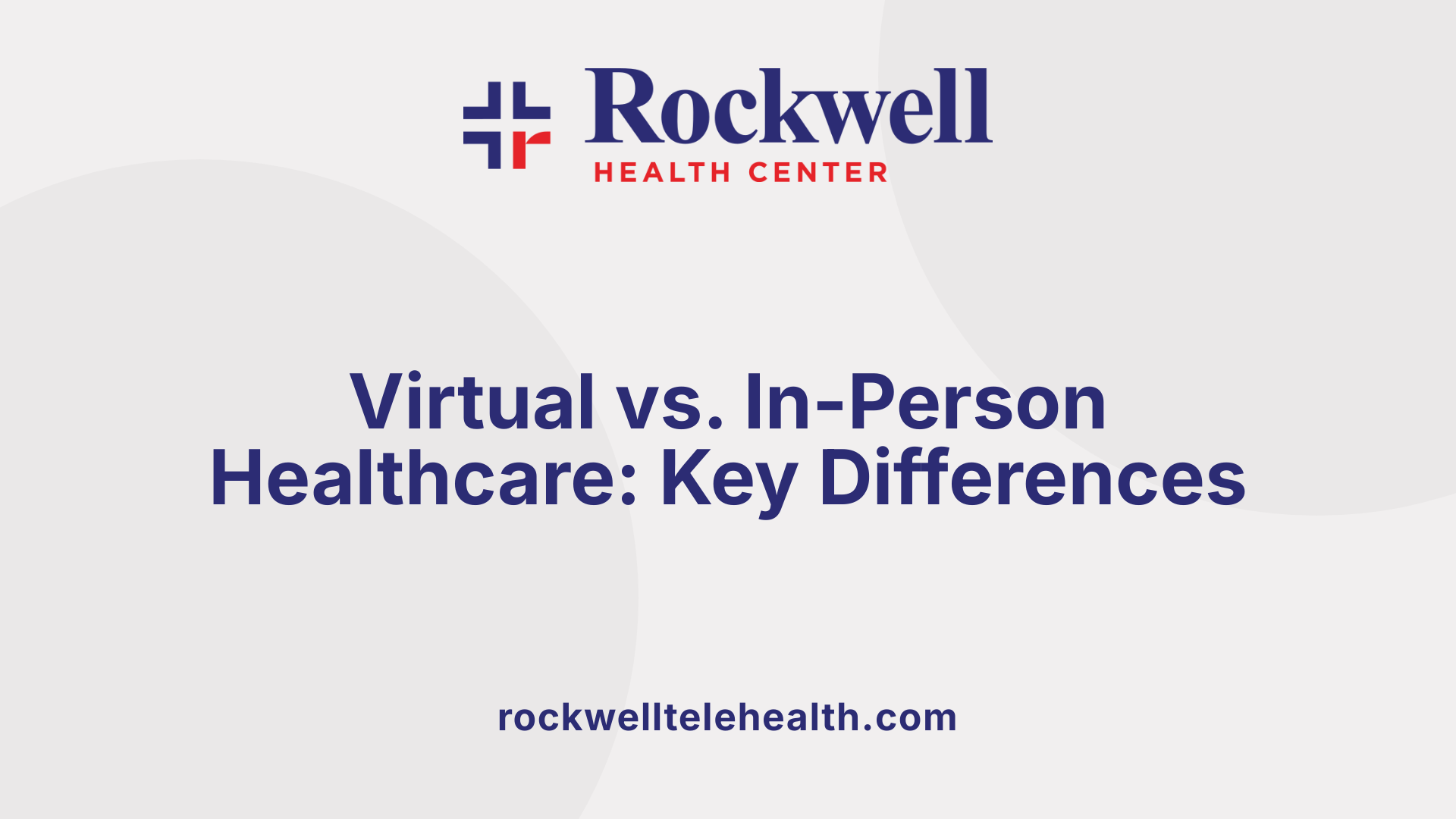
What are the key differences between virtual primary care and traditional in-person healthcare?
Virtual primary care mainly involves remote consultations through secure video, phone calls, or online platforms. This mode offers significant advantages such as greater convenience, faster appointment scheduling, and the ability to manage ongoing health issues from any location with internet access. Patients can seek support for symptoms, chronic condition management, and general health concerns without leaving their homes.
In contrast, traditional in-person healthcare requires physical visits to healthcare facilities like clinics or hospitals. These visits are essential when physical examinations, diagnostic tests, or procedures are necessary. They are particularly important for acute issues, severe symptoms, or situations needing immediate physical assessment.
While virtual care effectively handles many conditions—such as minor illnesses, mental health support, medication refills, and follow-ups—it cannot replace in-person care for everything. Physical exams, vaccinations, and complex diagnostics like imaging or laboratory tests still require a patient to be physically present.
Modes of delivery and setting
| Aspect | Virtual Care | In-Person Care | Additional Details |
|---|---|---|---|
| Delivery Method | Video calls, phone, online messaging | Face-to-face visits at clinics or hospitals | Virtual is accessible via apps like MyChart, Teladoc, etc. |
| Location | Any location with internet | At healthcare facilities | Virtual care extends reach to rural or underserved areas |
| Types of Services | Consultations, chronic management, mental health, minor illnesses | Physical exams, urgent care, immunizations, diagnostic procedures | Virtual can support follow-ups, some diagnostics can be ordered remotely |
| Provider Interaction | Remote, sometimes with real-time communication | Direct, physical examination, procedures | Both involve board-certified providers, but in different ways |
Advantages and limitations
Advantages of virtual primary care:
- Enhanced accessibility, especially for remote or busy individuals
- Faster appointment scheduling, often same or next-day
- Better management of chronic conditions through regular remote check-ins
- Reduced need for travel and waiting times
Limitations:
- Cannot perform physical examinations or procedures
- Limited emergency and complex diagnostics capability
- Technology issues can hinder access
- Certain conditions require in-person assessment for accurate diagnosis
Appropriate scenarios for each
Virtual care is ideal for non-emergency issues like cold and flu symptoms, minor injuries, skin rashes, mental health concerns, medication management, and routine follow-ups. In-person visits are essential for urgent health crises, physical examinations, immunizations, surgeries, and procedures requiring physical assessments.
Complementary roles
Both virtual and in-person healthcare serve as complementary tools within a comprehensive healthcare system. Virtual primary care facilitates ongoing management and increases overall access, while in-person care provides the necessary physical diagnostics and urgent interventions. By integrating both, healthcare providers can offer more flexible, efficient, and patient-centered services, ensuring that each patient receives appropriate care tailored to their needs.
Access, Usage, and Long-term Support in Virtual Primary Care
How can patients access and utilize virtual primary care services?
Patients can easily access virtual primary care through secure online platforms, mobile apps, or dedicated telehealth services provided by reputable organizations such as Teladoc Health, Amazon One Medical, and MinuteClinic Virtual Care. To begin, they typically create an account, which allows scheduling regular appointments or requesting instant on-demand video or phone consultations.
During these virtual visits, patients discuss their health concerns with experienced, board-certified healthcare providers, including family medicine doctors and pediatricians. These providers can address a wide range of health issues, from routine checkups and chronic disease management to minor illnesses like colds, allergies, or UTIs.
Laboratory tests and prescriptions are often ordered electronically during the visit and can be completed locally, making the process seamless. Many virtual primary care services are covered by insurance or employer-sponsored benefits, often at little to no out-of-pocket expense.
Access is nationwide in regions where the service is offered, and patients can use their smartphones, tablets, or computers to connect with their healthcare team. Following the appointment, platforms facilitate follow-up care, record sharing, referral arrangements, and prescription renewals, maintaining comprehensive and confidential service.
This combination of ease of access, technology integration, and continuous support ensures that patients receive timely, ongoing care for their health needs, making virtual primary care a practical and reliable alternative to in-person visits.
Transforming Health with Innovation and Accessibility
Virtual primary care stands at the forefront of modern healthcare, seamlessly integrating comprehensive person-centered services with digital convenience. Its capacity to foster enduring relationships, manage long-term health conditions, and address access disparities makes it a vital element in the evolving healthcare landscape. Moving forward, continued innovation, supportive policies, and widespread adoption will be essential to realizing its full potential, ensuring that high-quality, continuous care remains within everyone's reach.




















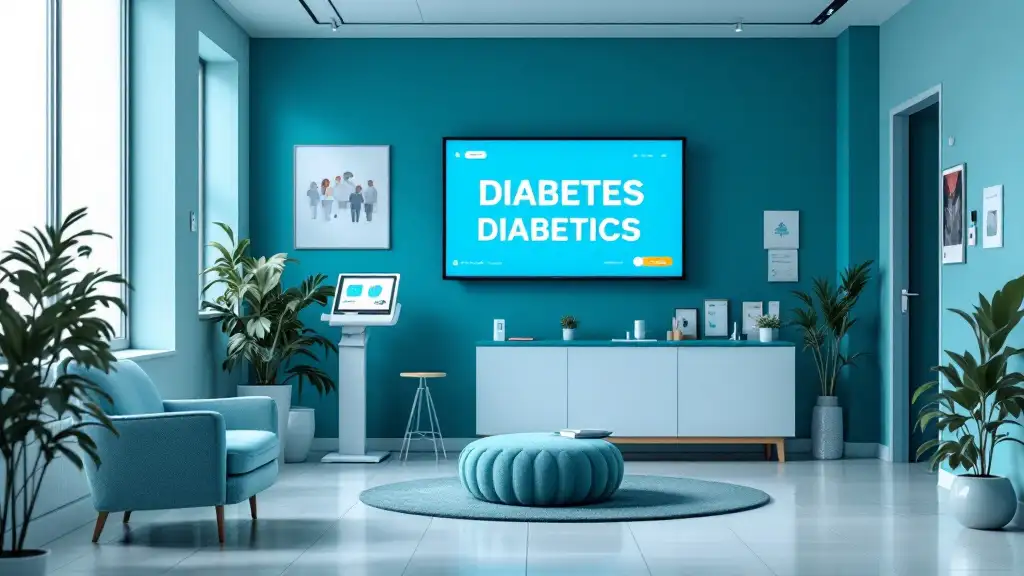
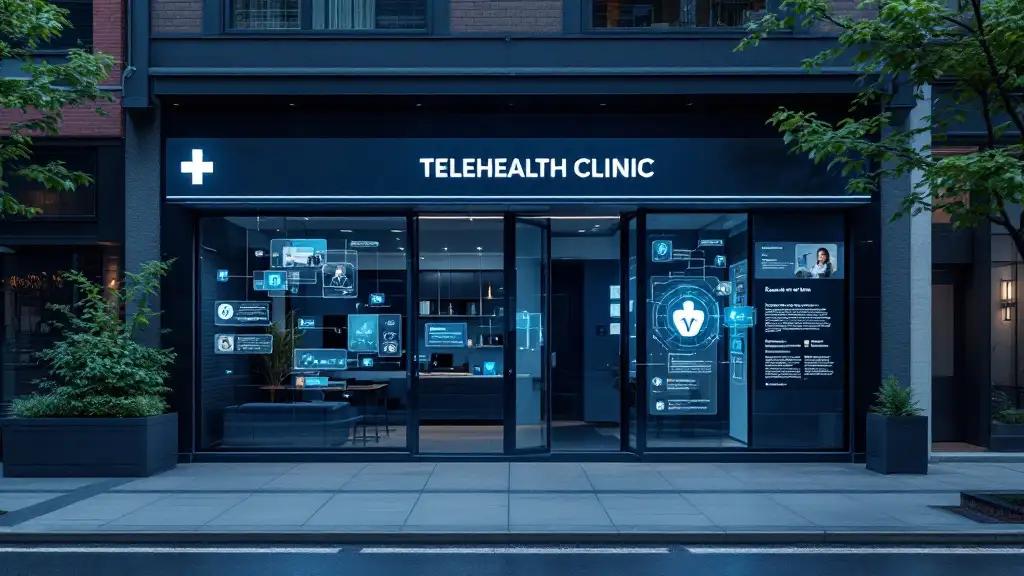













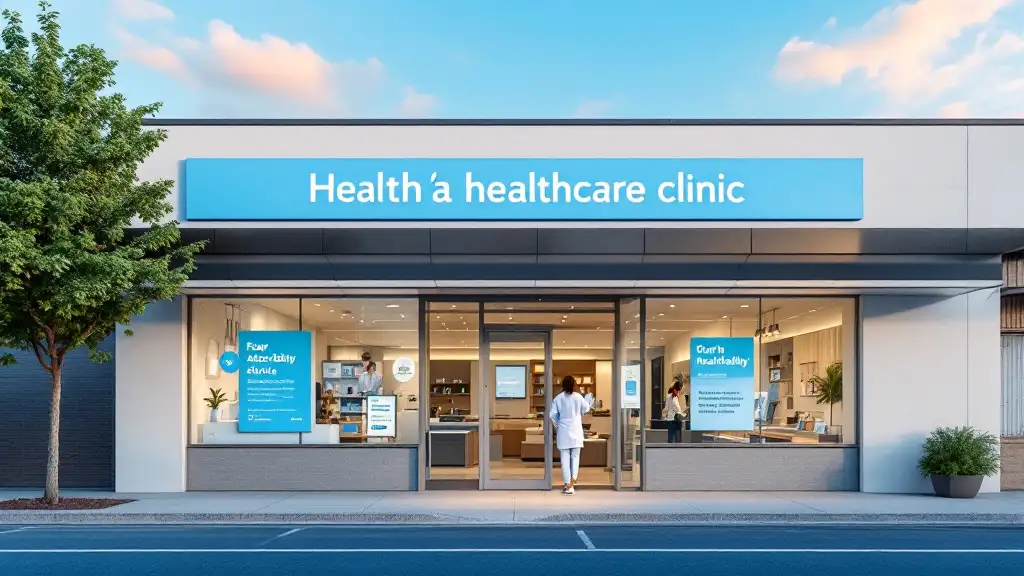











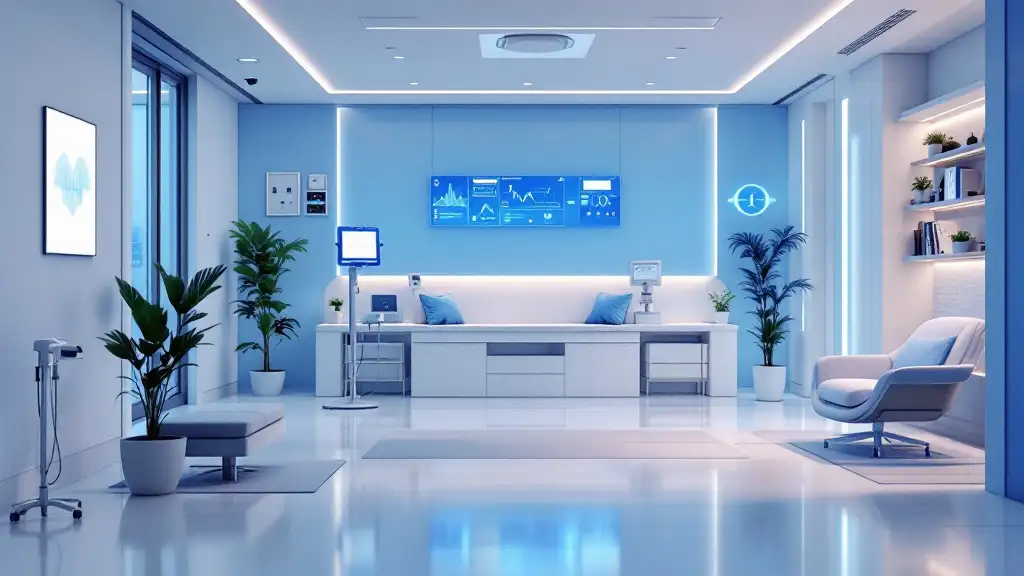







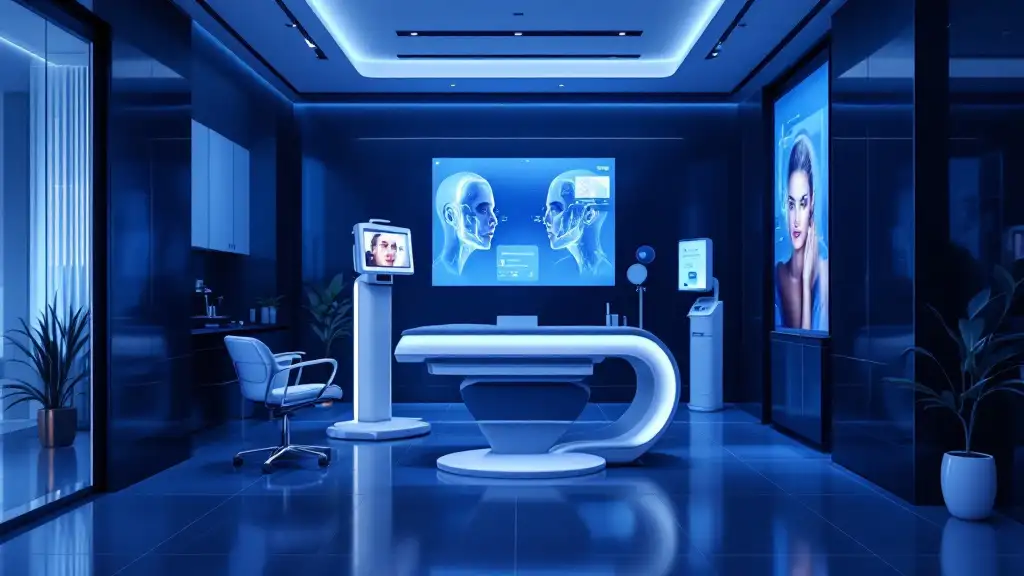
































.png)